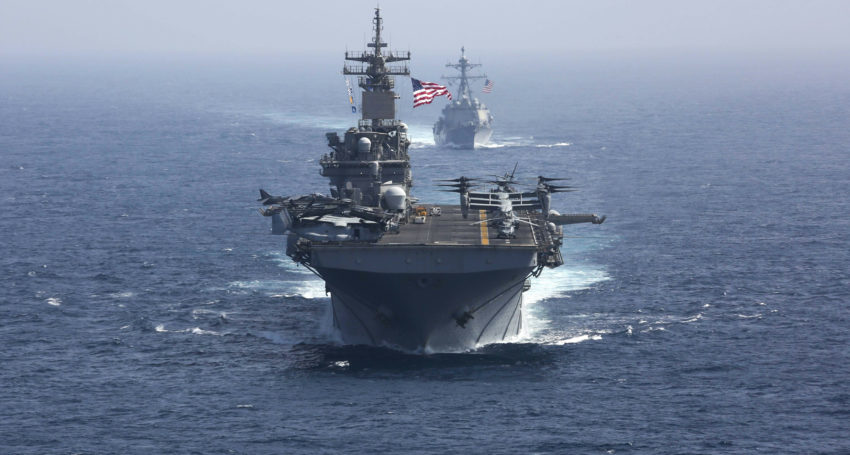- The US sent tons of firepower to the Middle East to confront a mysterious threat from Iran, but now that those military assets are in the region, it’s holding back.
- The USS Abraham Lincoln aircraft carrier has yet to enter the Persian Gulf, where US carriers have sailed for decades, because there are apparent concerns that tensions with Iran could boil over.
- “You don’t want to inadvertently escalate something,” the commander of the Lincoln told The Associated Press, signalling that the US military is trying to leave room for diplomacy while deterring possible Iranian aggression.
The USS Abraham Lincoln aircraft carrier is hanging back outside the Persian Gulf, where US carriers have sailed for decades, amid apparent concerns that tensions with Iran could boil over.
The US deployed a carrier strike group, a bomber task force, and other military assets to the Middle East in May in response to threats posed by Iran. Although the Pentagon has attempted to shed some light on the exact nature of the threat, questions about some of the specifics remain.
One US military asset deployed to US Central Command was the Lincoln, which was rushed into the region with a full carrier air wing of fighters but hasn’t entered the narrow Strait of Hormuz, a vital strategic waterway where Iranian speedboats routinely harass American warships.
As this symbol of American military might sailed into the region, President Donald Trump tweeted, “If Iran wants to fight, that will be the official end of Iran.” This stark warning aside, both the White House and the Pentagon have repeatedly emphasised that the purpose of these deployments is deterrence, not war.
When asked by British media Tuesday if the US would attack Iran, Trump replied, “There is always a chance. Do I want to? No, I’d rather not. But there’s always a chance.” Later in that same interview, he said, “I would much rather talk.”
Read the article by Ryan Pickrell on Business Insider Australia.

